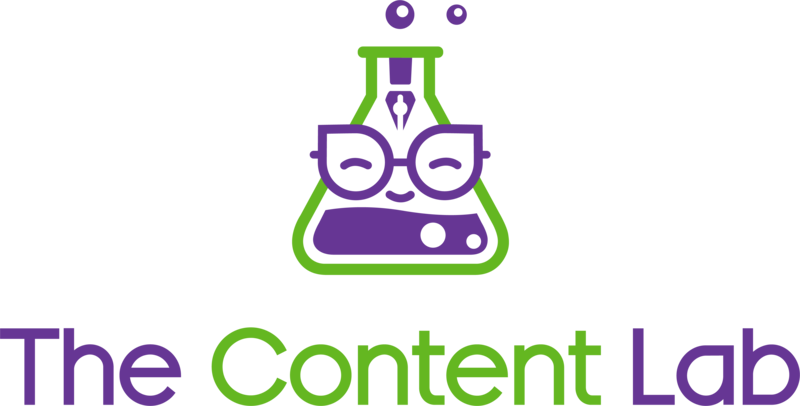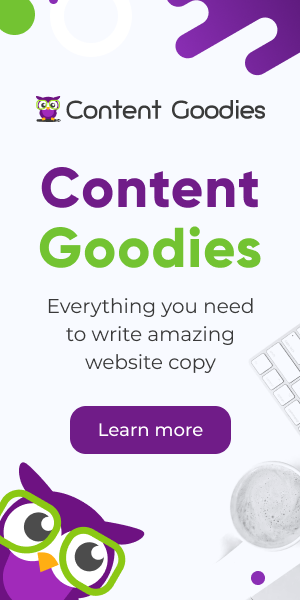Content writers are writers who want to see results. We care about our copy’s impact on the inbound lead generation strategy. We work hard to bolster the sales and marketing teams in filling the sales funnel.
And we don’t like to stuff the sales funnel with fluff. Qualified leads – leads that have a higher chance of converting to a sale – are our target audience.
So when we craft copy that resonates with qualified leads, it’s a golden moment of results-driven writing meets inbound lead generation. For a content writer, it’s deeply satisfying.
Below, I’ll explain how content writers create copy that supports inbound lead generation with quality web copy. Every word we write is designed to fold into the lead generation process by catching the eye of a qualified lead. Here’s how we do it.
Content’s role in inbound lead generation
We won’t debate the undeniable importance of video and images on a website. Videos and images grab visitors’ attention and are quick, easily shared snippets of digital content that are simple for your audience to like, forward, and post.
But the words of your digital content matter. They are the backbone of every digital marketing strategy and the framework of your inbound lead generation techniques. Even videos and images started as a story described in words.
Thought-provoking or eye-catching website, blog, flyer, and ebook copy invites qualified leads. Simultaneously, good copy subtly excludes poor-quality leads by choosing not to use the words the wrong reader would be looking for.
Imagine that your webpage was free of images, logos, and videos: Would your marketing-qualified leads recognise your company’s value?
If you can’t convince high-quality leads to convert to sales using only the words on your website, you’re using the wrong ones.

How to craft copy that resonates with sales-qualified leads
Writing that supports high-quality lead generation is purposeful and never haphazard. Here’s how we hone each word to ensure it sticks in the imagination of the right audience (and is ignored by the audience members we want to exclude from our lead-generation efforts).
Start with clear and specific messaging
You’ve heard this before: employ clear messaging and laser-focused marketing in your inbound lead generation strategies, and your lead generation strategies will work like magic.
But applying that advice to your real-world marketing challenges can be tricky.
When we write for websites, we start by diving deep into the specifics of our client company. We answer questions like:
- What does this business offer?
- Who is their target audience?
- What is unique about their service?
- What do their customers like about this company?
- What would make customers choose them?
Answers to these questions help us understand why a sales-qualified lead would be interested in our client.
For example, when writing for an interior design client, we study that client’s talents and specialities. If they’re brilliant at bathroom makeovers or remarkable in pairing antiques with modern furnishings, we call out those specific assets.
Not every customer will be intrigued by our client’s unique set of skills. But the right customer will be.
The qualified lead, the one that converts to a sale, will be the one that is searching for our client’s particular combination of skills and talents. But they can only know those skills and talents if we talk about them.

Choose qualifying language
Certain phrases in every industry help quality leads identify themselves as possible buyers.
In our interior design example, we might use phrases like “functional utility room design” or “streamlined kitchens.” These phrases would catch the eye of a marketing-qualified lead who is serious about kitchen functionality, our client’s speciality.
For an architecture firm client, we would include language that positions the architect as collaborative by describing their work with builders and developers as “partnerships.”
We would then use specific messaging by listing the precise ways our architect client supports builders, like providing comprehensive drawings or offering construction administration support.
Qualifying language shows your leads that you understand the industry thoroughly. It positions your company as a thought leader in the space while also supporting inbound lead-generation strategies.
We wouldn’t recommend language that’s too jargon-heavy. Qualifying language that subtly guides a qualified lead towards self-identifying as a customer is ideal.
Talk about those pain points
If your reader doesn’t have a pain point, they aren’t a sales-qualified lead. Remember, each qualified lead is a real person, an authentic human with a problem to solve.
Writing for lead generation means showing those specific humans how your product solves their problem.
It also means discussing pain points in a user-centric way. While you should describe your product or service and why it’s uniquely valuable in the marketplace, its real value lies in solving the customer’s problem. So keep the customer, and their problems, at the heart of your writing.
We often read customer reviews to learn how customers talk about their problems. In your customer reviews, you’ll discover new ways of phrasing customer frustrations and fresh angles for framing your service’s advantages.
Highlight your ideal customer traits
As you’re writing to attract marketing-qualified leads, remember to include subtle descriptions of the ideal customer.
Again, following our interior design example, including words like “luxury,” “aspirational,” and “upmarket” help identify our client as an interior designer for homeowners on higher budgets. If the ideal candidate were on a smaller budget, we might use words like “practical,” “budget-friendly,” or “achievable.”
Keep in mind that the information you don’t include can go a long way in describing your customer. For our high-end interior designer clients, we might choose to forgo a “Pricing” page altogether. In that scenario, it’s assumed that the ideal lead doesn’t have a budget, or at least has a budget so high that it isn’t worth discussing on a Pricing page.
The language you include and exclude both help leads self-identify as either right or wrong for your services.
Emphasise your product’s value over its price
Your leads will always want to pay less than your prices. Buyers feel satisfied when they think they’ve received a special deal or made a smart purchase. That’s human nature, and it isn’t going to change.
But buyers can still experience that deliciously smug satisfaction if they feel they’ve purchased a product that’s incredibly valuable for its price. If you position your product as inherently uniquely valuable, buyers will likely feel your price point is worth the money.

Emphasising value rather than a low price point will help remove buyers who are a bad fit for your services. If they won’t even consider a product or service in your price range, it’s best they remove themselves from the sales funnel sooner so you don’t waste time trying to sell to them.
A note on using rhetorical questions to qualify leads
In general, we find rhetorical questions unengaging.
Like all writing, marketing works best when readers feel a companionship with the mood, situation, or problem the writer is describing.
Rhetorical questions are a clunky shortcut to that goal, but punchy, powerful statements are a more elegant route.
The occasional qualifying rhetorical question (“Do you wish you had a functional, beautiful kitchen?”) helps readers self-identify as high-quality leads.
But use them sparingly. If overused, rhetorical questions start to sound trite and uninspired.
The quickest way to get lead generation copy your sales team will love
Here’s the secret to making your marketing team happy with targeted copy that supports your inbound lead generation strategy, all without lifting a finger:
At The Content Lab, we write copy with a purpose. We work with your marketing and sales teams to generate targeted language for your website, blogs, eBooks, social posts, flyers, and more.
We’re humans writing for humans, delivering a spot-on balance of data-informed language with a pinch of real-world spice. Talk to Abby today ([email protected]) about how we can support lead generation and deliver more qualified leads to your sales funnel.
Other Posts
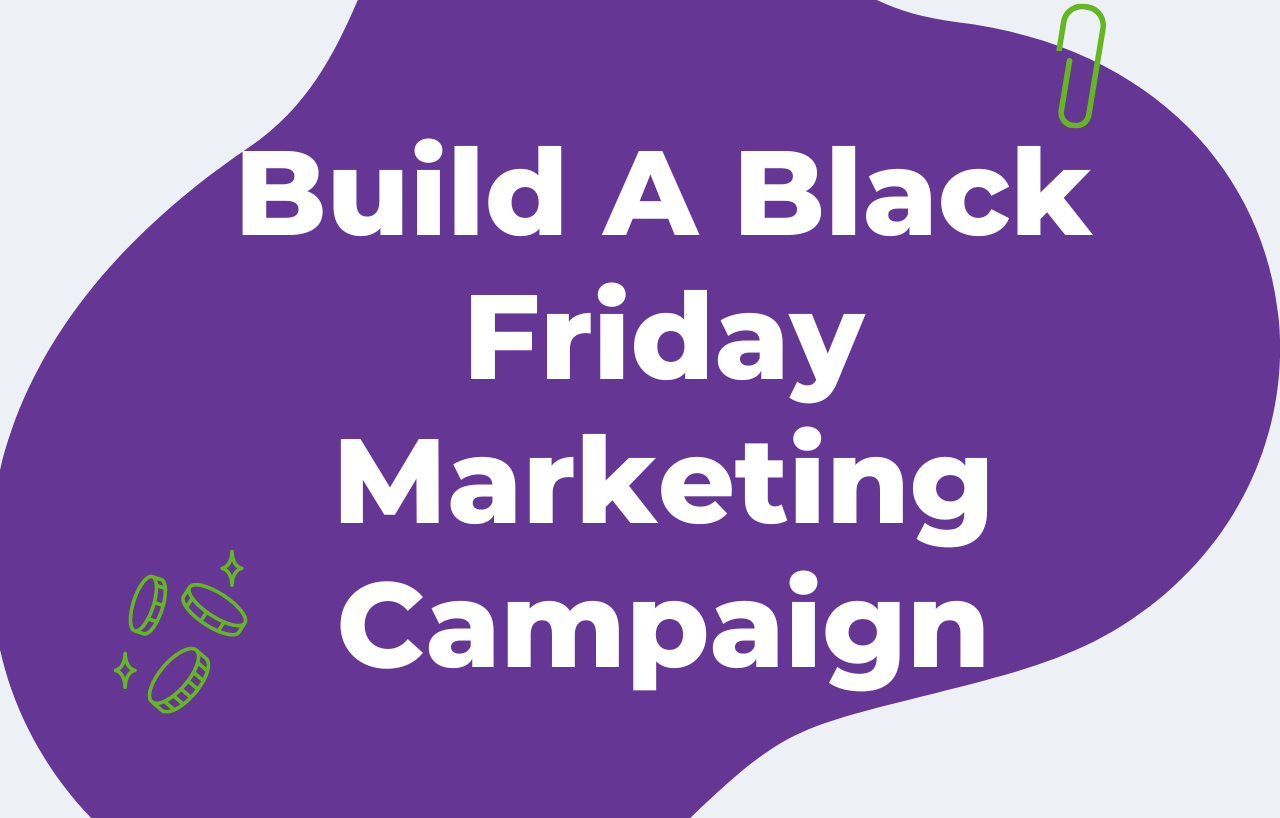 Content Marketing
Content Marketing 5 Steps To Building A Black Friday Marketing Campaign That Works
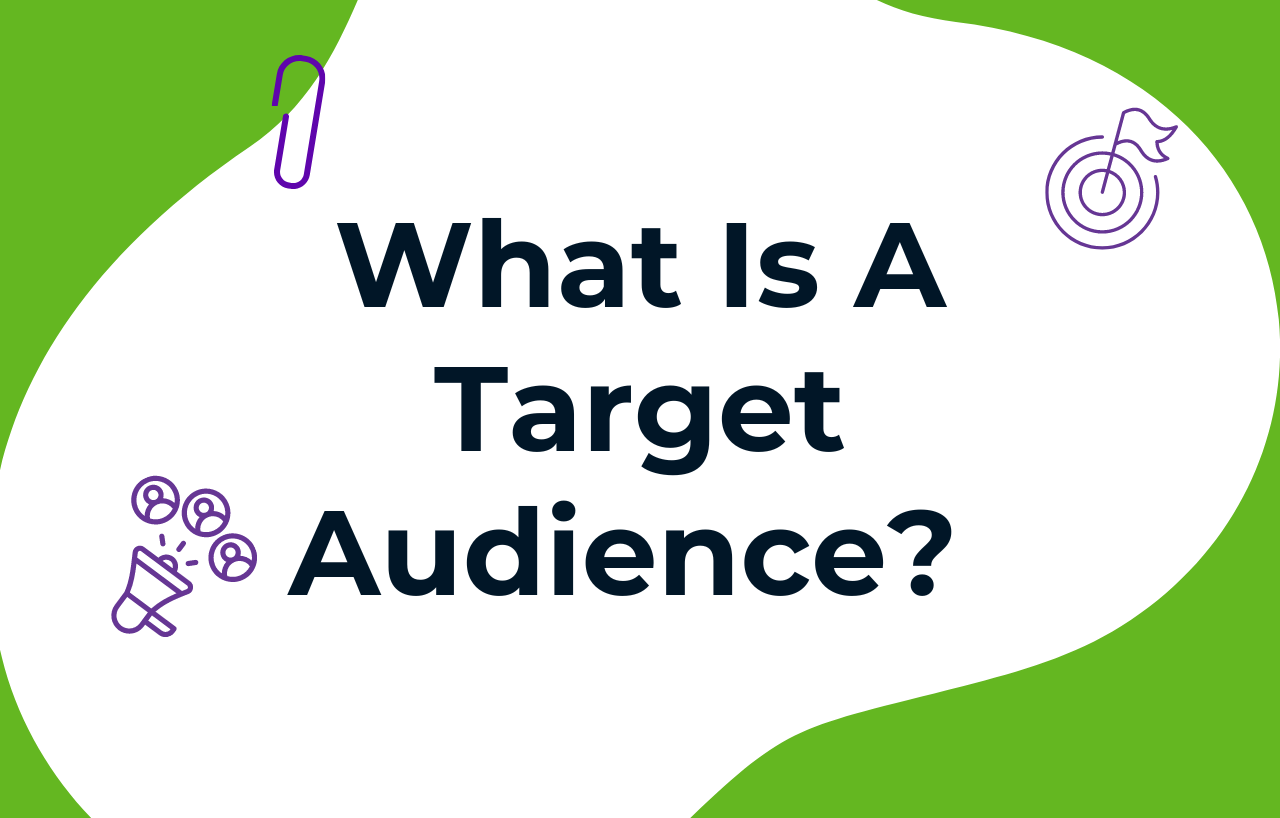 Content Strategy 101
Content Strategy 101 What Is A Target Audience? Tips On How To Find Yours
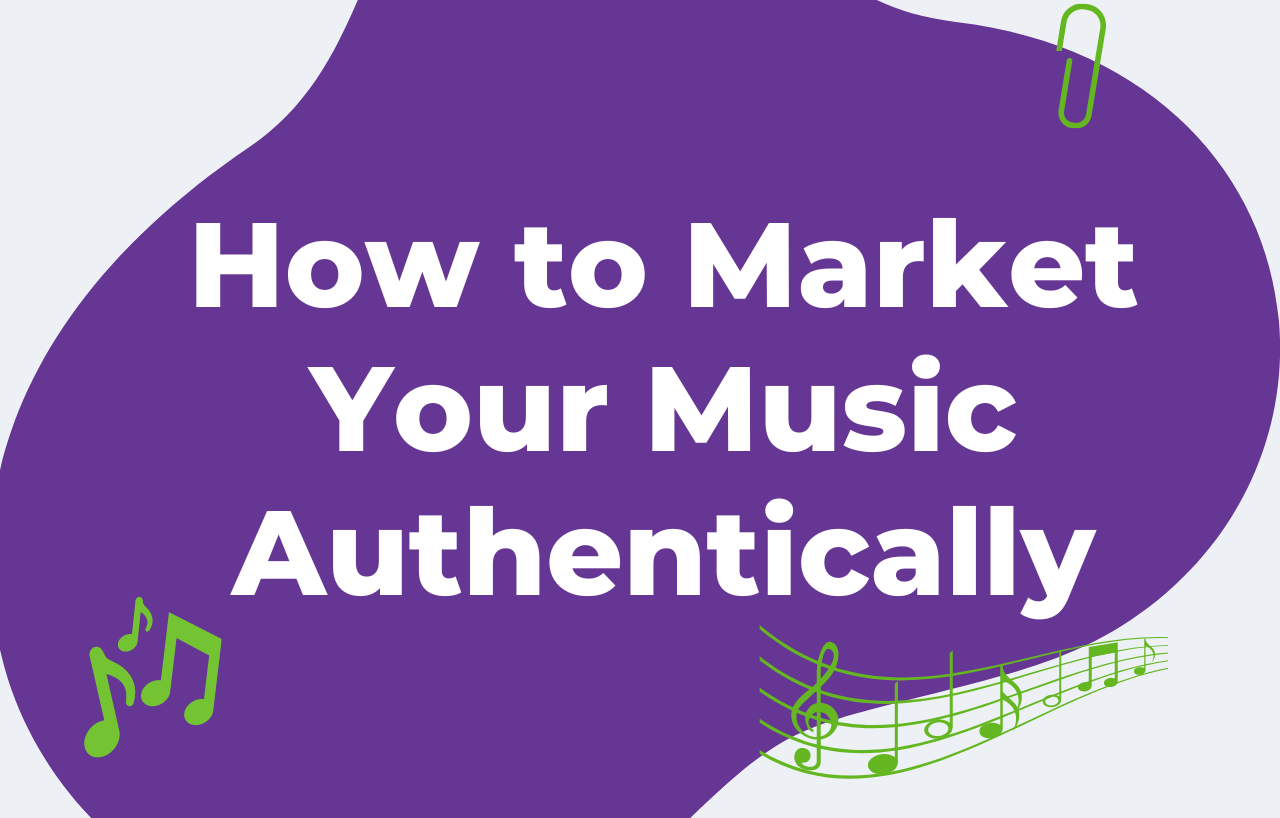 Content Marketing
Content Marketing 